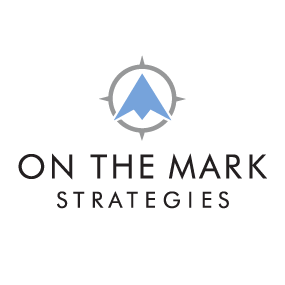A recent report highlighted by the Financial Brand revealed that financial institutions have lost 0.3% in productivity each year since 2010. That’s a total loss of 4.2% by year-end 2024. Definitely not good.
The article attributes the productivity loss to a number of sources:
- Upper-level leaders dealing with too many internal meetings
- Technology costs
- Complicated regulatory requirements
But no matter the cause, inefficiency is hurting your credit union . . . and it couldn’t be hurting it at a worse time. The current economic headwinds are a strong reminder that even the subtle things like productivity are vital. Counting pennies now will give you dollars later. So, let’s look at three ways to recover productivity and put money back into the credit union.
1. Spend wisely
Cutting your spending across the board—or even just cutting it on technology—won’t solve all your problems. The problem isn’t spending itself . . . it’s spending on things that harm the credit union’s productivity. Bad spending choices pop up all the time in marketing assessment results.
Here are a couple examples. The credit union continues to spend money on an email automation system they hate rather than switching to one that will make the staff’s lives easier. Or maybe a refusal to spend is the real issue. The marketing manager does everything by hand because the CFO won’t allow investment in automation technology.
In both cases, your productivity decreases.
Digital transformation is a hot topic filling credit union planning sessions and project lists these days. But what type of transformation are you pursuing? What digital tools will increase productivity? Pay attention to what’s a technology cost versus a technology investment.
2. Don’t randomize your workflow
Have you seen “The Floor?” It’s a gameshow on Fox hosted by Rob Lowe. When it’s time to select a new contestant, the producers activate the randomizer to . . . well . . . randomly choose someone’s piece of floor.
It’s fun to watch in a TV trivia show. But using a randomizer on your workflow is a terrible idea. Yet that’s how some credit unions assign people to roles. Team members are placed in positions that drain them of energy and passion. So of course productivity decreases!
Yes, you can’t assign people life-giving tasks all the time . . . but can more than 50% of the role be rejuvenating? Use a system like Patrick Lencioni’s Working Genius model to discover what brings individuals joy and place them accordingly. The employee will love what they do, and when they love what they do, work becomes better and faster.
3. Know how to meet (and lead)
The article mentioned at the beginning of this piece pointed out that as much as 60% to 70% of leaders’ time is eaten up by internal meetings. That’s a ton! And some of those meetings are necessary . . . but are all of them?
The problem isn’t meetings; it’s unrequired and inefficient meetings. Gino Wickman recommends a “meeting pulse” centered on annual, quarterly and weekly meetings to discuss everything from the biggest strategic problems to regular issues. This is a good way to constantly check on your strategic plan after the session.
Your meeting cadence may differ, but you want to maximize leaders’ time spent in meetings so they can maximize their time on other tasks.
And speaking of other tasks, what can you not do? Is there room to delegate? Are you communicating with employees and the community? Or are you bogged down in busy work?
Don’t be afraid to get leadership training if you need help teaching leaders how to effectively work.
One more note
Everyone at your credit union might be busy. But there’s a difference between being “busy” and being “productive.” A dog digging a hole is awfully busy . . . but he isn’t getting anywhere at the end of the day.
If you see a lot of activity but few results, it’s time to swap out being busy for being productive.








